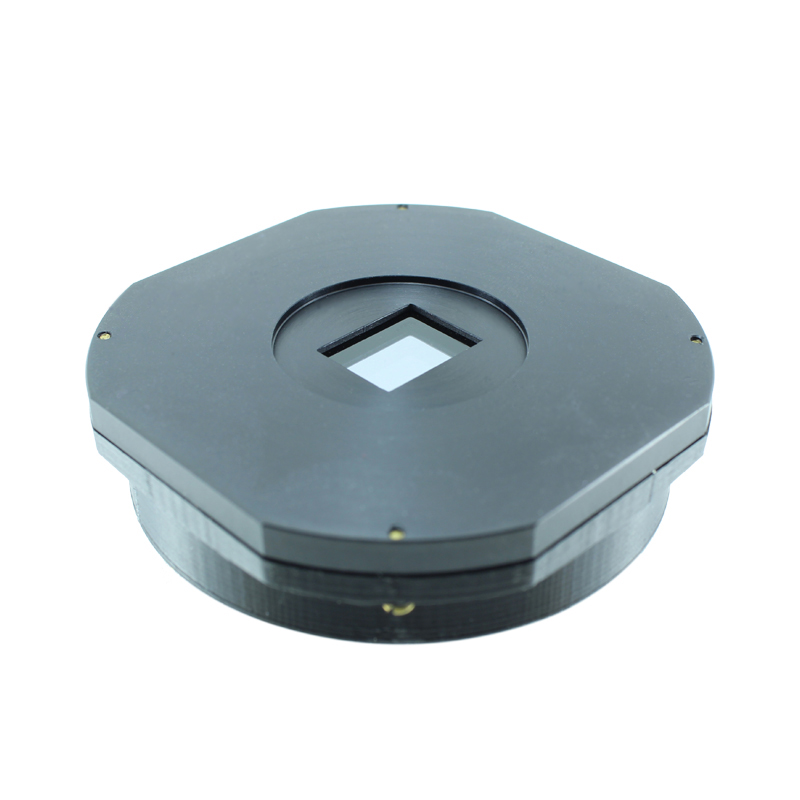The hybrid photodetector (HPD) is a proximity electro-vacuum device with photocathode and solid-state element – electron-sensitive CCD.
In HPD for NIR range a photocathode with drawing electrical field based on InP/InGaAs structure is used, that provides high sensitivity in range of 950 ÷ 1650 nm.
When photoelectrons hit array with energy, higher than 2-3 keV, generation of electron-hole pairs occurs in silicon, and gain of signal increases in several hundred times.
Because of signal gain in electron-sensitive CCD array HPD will have sensitivity of 1-2 order higher than solid-state analogues.
In HPD the whole signal photoelectron flow from photocathode reaches array, there are no intermediate signal converting, so noise factor is about 1,1. Besides, there are no fiber-optics elements in HPD, which decrease device radiation hardness.
Application:
The device is recommended to apply in low light level portable TV equipment, observation systems for aircrafts, etc.
SPECIFICATIONS
| Spectral range, nm | 950÷1650 |
| Photocathode quantum efficiency in maximum, % | 2-10 |
| Photocathode voltage, kV | 4-5 |
| Sensitive area size, mm | 13,1×9,8 |
| Number of pixels | 768×580 |
| Pixel size, μm | 17×34 |
| Sensitivity, A/W | 4-20 |
| Threshold irradiation, W/pixel (W/cm2) | ~2·10-13 (~3,4·10-8) |
| Device diameter, mm | 60 |
| Device height, mm | 23 |
RELATIVE SPECTRAL RESPONSE CHARACTERISTICS

It is possible to manufacture a photodetector based on HPD, including hybrid device, power supply sources and signal processing electronics.

